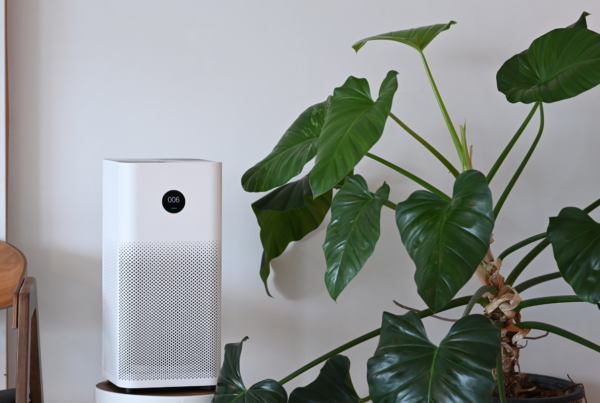
The recent shift to remote work has sparked an endless debate: is working from home (WFH) a productivity booster or a recipe for burnout? Here at WellFit Consultancy, we believe the answer isn’t so simple. A recent study by Hall et al. (2024), found that the impact of WFH on employees’ wellbeing, productivity, and working relationships depends heavily on individual circumstances.
There’s No One-Size-Fits-All Answer: The Pros and Cons
There are advantages and disadvantages of working from home. Some employees enjoy the flexibility and time saved on commutes, potentially leading to increased productivity. However, others struggle with ergonomic issues from inadequate home offices, feelings of isolation, and maintaining a healthy work-life balance.
The main benefits of working in an office for employees have to do with the environment. Factors such as lighting and air quality are maintained in offices because of the strict implementation of health and safety regulations. Offices also provide access to resources that might not be readily available at employees’ homes such as high-speed internet, specialized equipment, or comfortable ergonomic furniture.

Additionally, the nature of work, such as the need for collaboration, significantly influenced employee performance and productivity in remote work settings (Anakpo et al., 2023).
It was also found that there is a complex relationship between WFH and mental health (Hall et al., 2024). While some find remote work isolating, others thrive in a distraction-free environment (or a pet-friendly environment).
The Key: Supporting Individual Needs
Simply put, a one-size-fits-all approach to WFH does not work. While the factors mentioned above provide a divisive argument, the pros and cons of each do not necessarily outweigh the other.
So, how can you make it work? You can offer both options! Giving your employees the freedom to choose whether they can work from the office or work from home can provide them the trust, autonomy, and flexibility that are proven to be key drivers of successful employee engagement

- Individualized Support: Regularly check in with employees to understand their WFH experiences and provide tailored support, from ergonomic assessments to mental health resources.
- Training and Resources: Equip your team with the tools they need to thrive while working remotely. This could include training on maintaining healthy habits at home and establishing clear boundaries between work and personal life.
- Communication and Connection: Foster a sense of community through virtual team meetings, online social events, and encouraging breaks for informal chats.
- Respecting Preferences: Not everyone thrives in a remote environment. Talk to your employees about their long-term WFH preferences and explore flexible working arrangements.
The Future of Work: A Supportive Hybrid Model
The future of work is likely to be a hybrid model, with employees splitting their time between the office and home. By prioritizing individual needs and creating a supportive WFH environment, you can empower your team to be productive, healthy, and engaged – no matter where they choose to work.
Want to know more about how you can make working from home work for everyone? Contact us for a free consultation.
References:
Anakpo, G., Nqwayibana, Z., & Mishi, S. (2023). The Impact of Work-from-Home on Employee Performance and Productivity: A Systematic Review. Sustainability, 15(5), Article 5. https://doi.org/10.3390/su15054529
Hall, C. E., Brooks, S. K., Mills, F., Greenberg, N., & Weston, D. (2024). Experiences of working from home: Umbrella review. JOURNAL OF OCCUPATIONAL HEALTH, 66(1). https://doi.org/10.1093/joccuh/uiad013
Discover more from WellFit
Subscribe to get the latest posts sent to your email.



